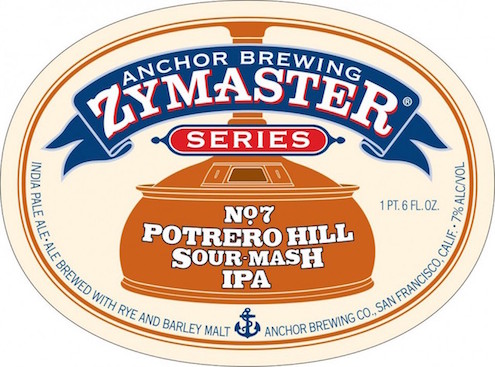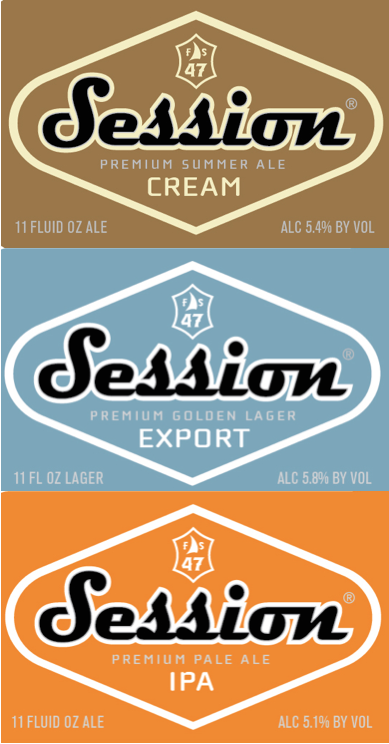
After years of bitterness, why are IPA’s the undisputed style king with the most entrants at the Great American Beer Festival and probably the most brewery best-sellers and flagship brews?
Will the IPA bubble burst? Or will the popularity just keep skyrocketing?
My palate thinks not and for a few divergent reasons.
First the style is less a cul-de-sac and more a round-about. IPA’s, the regular plain kind may very well be played out but into the breach steps Session IPA’s. When that phase ends the Black or White IPA finds new life. Then there are the Coffee IPA’s the fruit and spicy IPA’s. The doubles and triples and Imperials. Single Hop, Fresh Hop. The list goes on. That’s not counting IPL’s (substituting lager for ale) or hoppy saisons.
So when Cascadian Dark’s become passé a new sub-style pops up. Like a game of whack-a-mole. And that leads me to my next reason why IPA’s seem never ending.
New hop varietals. Citra begets Mosaic begets Mandarina begets New-Mexicanus. The hop pipeline doesn’t appear in danger of running dry. Once a hop becomes hip, it gets plugged into all of the above categories and the race is run anew.
The third reason behind the popularity is that the growth of craft beer keeps bringing new converts into the fold. At a pace, I believe, that is much greater than current fans growing tired of hop bombs. Now, I don’t have any concrete statistics on this but I buy less IPA’s each year but if the people jumping on the bandwagon (a good thing) are buying more then there is no chance for disenchantment to set in. A backlash can’t form when the members of the backlash are always in a minority.
I will add a fourth idea to the mix as well. Regional differences. The IPA’s of Portland, Oregon are not similar to San Diego and San Diego is not similar to Fort Collins. Let alone bridging the gap between East Coast vs. West Coast palates. So, if one tires of Palate Wrecker, you have multiple others with different flavor profiles to choose from.
Does that mean that IPA’s will be king of the castle forever? No. Beer history is littered with the rise and fall of styles all over the world. But it may take longer than most pundits believe. Including myself.









